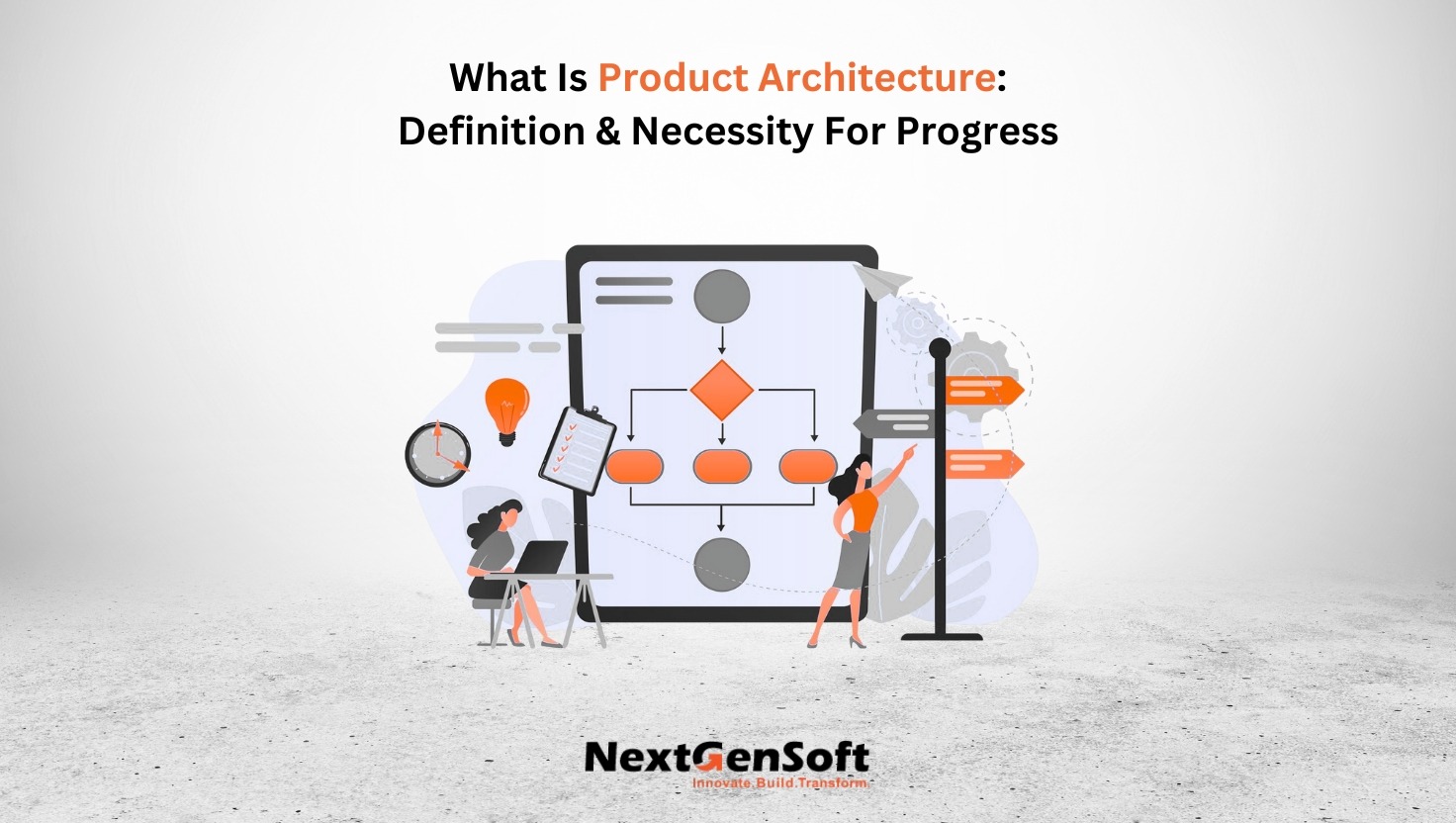
Product Architecture: Why It Matters in SaaS and Beyond
In today’s fast-evolving digital world, organizations must consistently deliver high-quality products at speed. A well-defined architecture and clear product definition form the foundation of a successful offering. Without a robust
product architecture, companies face inefficiencies, rising costs, and even the risk of failure. This guide explains what product architecture is, why it matters, and how to leverage best practices for success.
Product Architecture Definition and Importance: An Overview
Product architecture outlines the core elements of a product and how they interact. It defines how to design, build, and manufacture a product while ensuring all components work together in a unified system. Understanding the product architecture definition and importance is key to building scalable and efficient systems.
Approaches to product architecture vary, such as modular and integral models. Each approach affects the manufacturing process, maintenance ease, and adaptability to future technologies. By recognizing the product architecture definition and importance in your product strategy, you ensure alignment between design and business goals.
Why Product Architecture Matters in SaaS
- Boosts Development Efficiency: Clear component definitions reduce complexity and allow parallel development across teams.
- Enhances Scalability and Flexibility: Modular designs let teams make changes or upgrades without revamping the entire system.
- Cuts Costs: A sound design minimizes material use, lowers production costs, and simplifies maintenance.
- Ensures High Performance and Reliability: Well-integrated components work efficiently and increase product durability.
- Supports Customization: Strong architecture allows companies to create tailored solutions for different customer segments.
Core Elements of Product Architecture
- Components: Hardware or software units that form the product.
- Interfaces: Connectors that enable seamless communication between components.
- Configuration: The layout and connections among components.
- Functional Segmentation: Clearly assigned responsibilities across components for efficient operation.
Applying the Product Architecture Definition and Importance in Planning
1. Identify Product Requirements
Start by understanding the product’s purpose and context. Focusing on the product architecture definition and importance early helps teams prioritize functional and technical needs that align with long-term goals.
2. Select an Architectural Style
Choose the structure based on your product type and business goals:
- Modular Architecture: Independent units developed or replaced individually.
- Integral Architecture: Tightly coupled components for high performance.
- Platform-Based Architecture: A shared core supporting multiple product variations.
- Hierarchical Architecture: Layered components for better control and management.
3. Define Component Relationships
Establish how components interact by mapping data flows, outlining dependencies, and creating compatible interfaces. These steps strengthen alignment with the product architecture definition and importance.
4. Balance Time, Cost, and Quality
Every architectural decision involves trade-offs. For example:
- Modular systems offer flexibility but may cost more to develop.
- Monolithic systems reduce complexity but limit scalability.
5. Integrate Architecture with Development Processes
Connect product architecture with development methodologies like Agile or DevOps. This ensures efficiency by building CI/CD pipelines, applying structured frameworks, and encouraging cross-functional collaboration.
Types of Product Architecture
Modular Architecture
Each component functions independently, so teams can replace or upgrade parts without affecting the whole system.
Example: Smartphones with replaceable camera, battery, or processor modules.
Integral Architecture
Components rely on one another, functioning as a tightly connected unit.
Example: Aircraft engines where each part must work in coordination.
Hierarchical Architecture
This structure organizes components in layers, providing clear control over each subsystem.
Example: Enterprise software that separates the UI, business logic, and database layers.
Platform Architecture
A single core supports multiple product variations.
Example: Car manufacturers using one chassis for multiple models.
Hybrid Architecture
Combines modular and integral elements to balance flexibility with stability.
Example: Laptops with some upgradable parts like RAM or SSD, while others remain fixed.
Trends Reflecting the Product Architecture Definition and Importance
- AI-Driven Design: AI automates design processes, predicts performance, and optimizes configurations.
- Digital Twins: Digital replicas simulate products virtually for testing and issue resolution.
- Cloud-Based Product Development: Cloud tools enable real-time collaboration across teams.
- Edge Computing Integration: Local data processing reduces latency in IoT-driven products.
- Sustainable Architecture: Design strategies that minimize environmental impact and support a circular economy.
Benefits of Strong Product Architecture
- Faster Development: Clear frameworks speed up iterations and time to market.
- Lower Maintenance Costs: Simple designs reduce the time and expense of updates or repairs.
- Greater Productivity: Efficient systems improve performance and user satisfaction.
- Easy Scalability: Teams can expand features and functions without major redesigns.
- Regulatory Compliance: Architectures aligned with industry standards meet safety and compliance needs more easily.
The Role of Product Managers in Maintaining Architectural Integrity
Product managers help shape and maintain effective architecture by aligning product structure with customer needs and business goals. Their ability to communicate the product architecture definition and importance across departments ensures better decision-making and smoother execution.
Conclusion
Product architecture is the foundation of modern product success. Teams that understand the product architecture definition and importance can deliver scalable, high-performing, and cost-effective products. From SaaS to physical products, architecture sets the stage for innovation and long-term value.
Ready to build a robust and scalable product architecture? At
NextGenSoft, we specialize in seamless, cost-effective solutions tailored to your product’s growth.
Contact us today and accelerate your product evolution.


